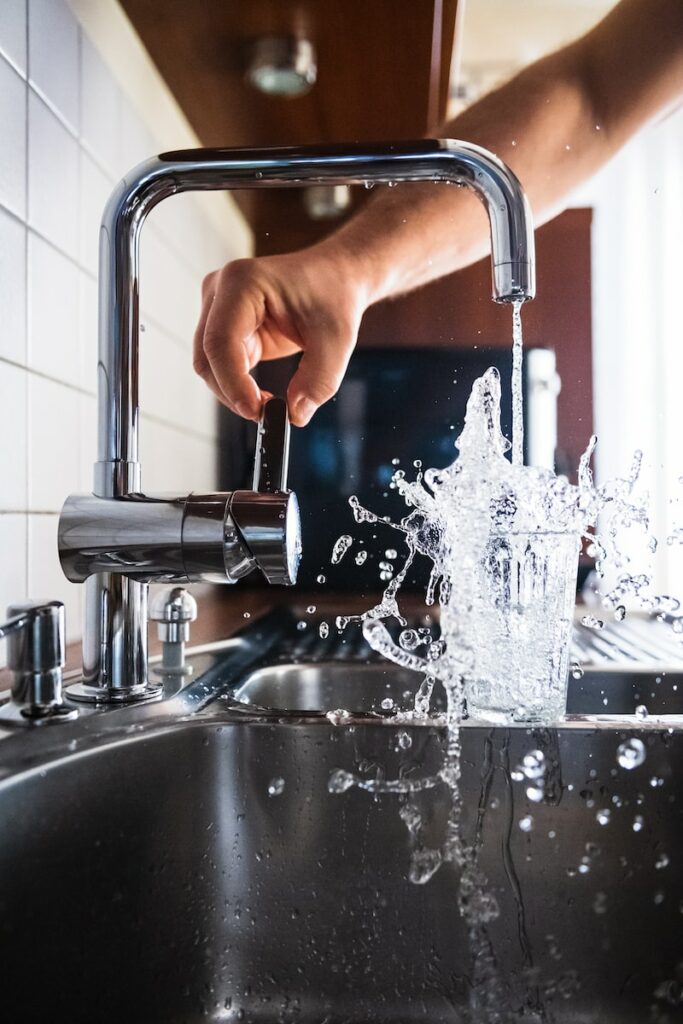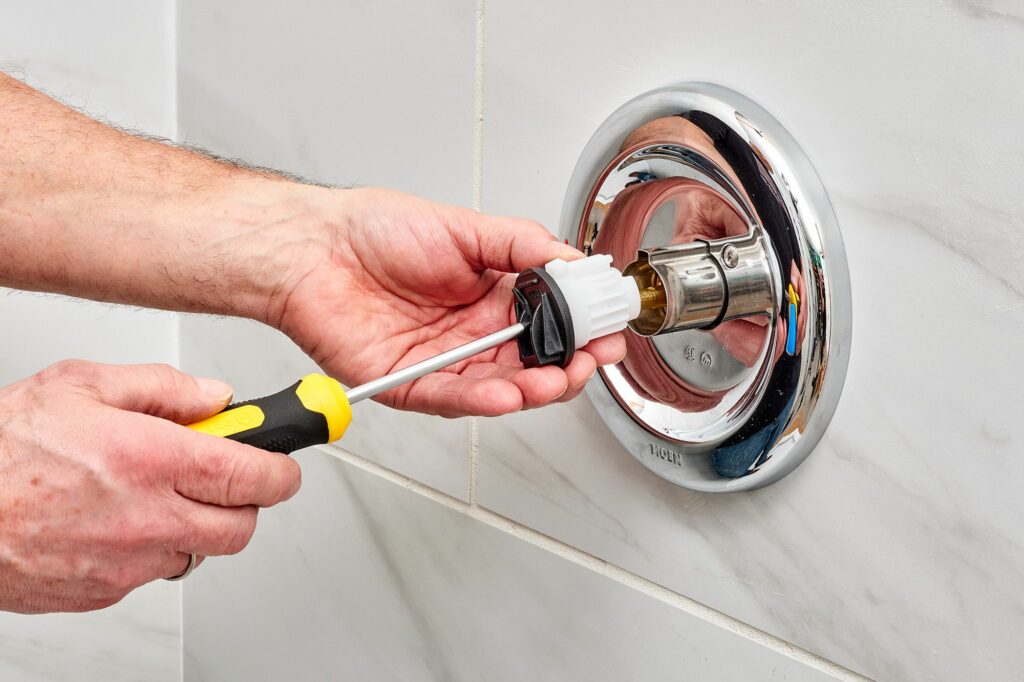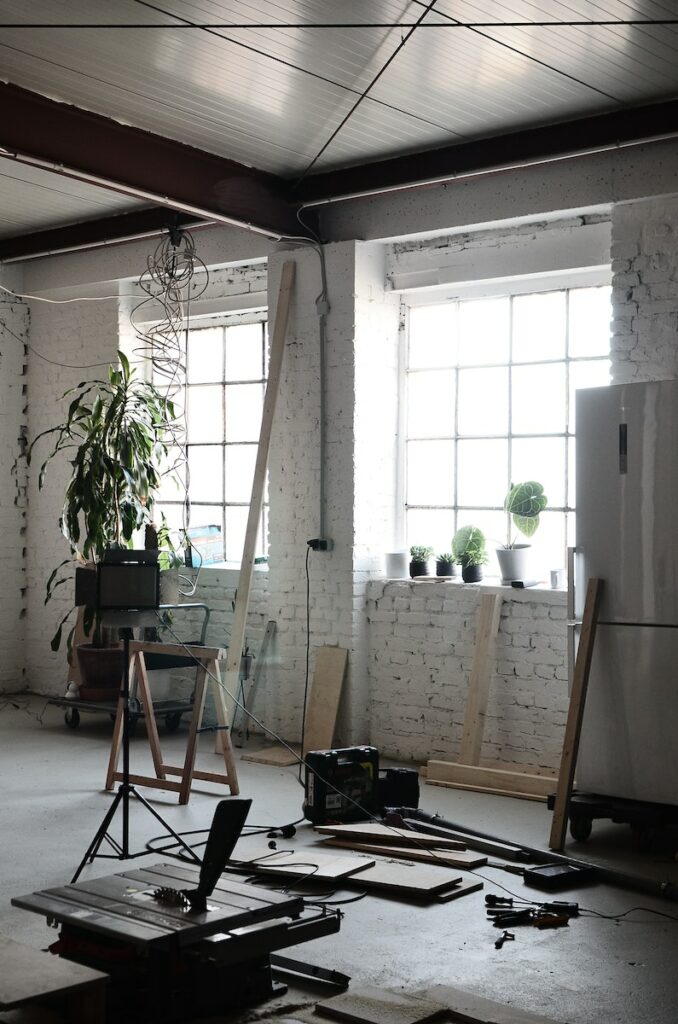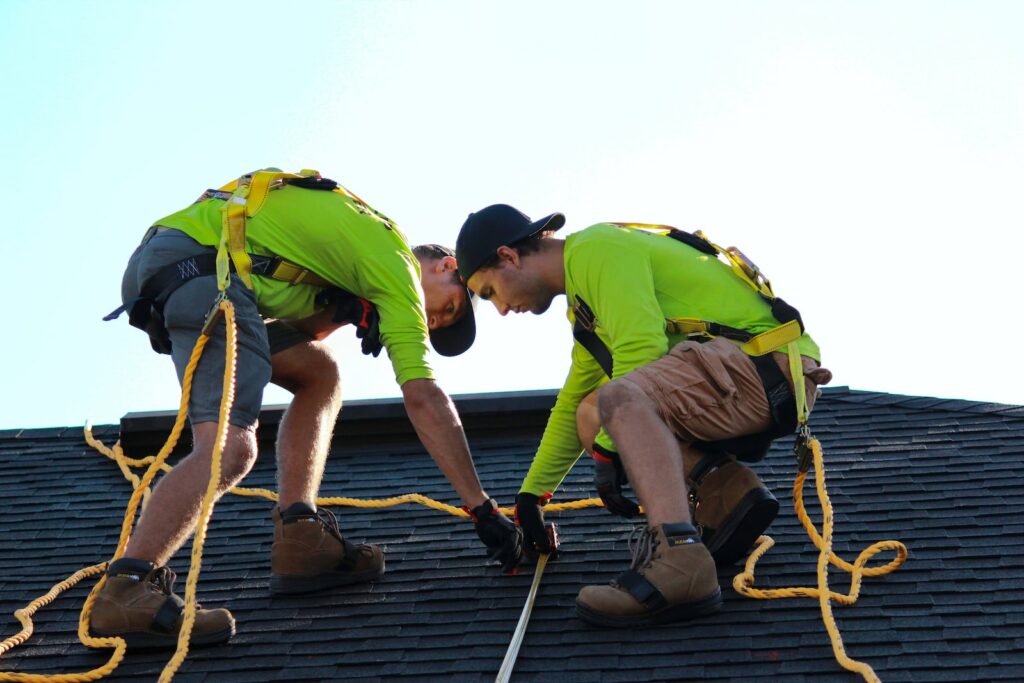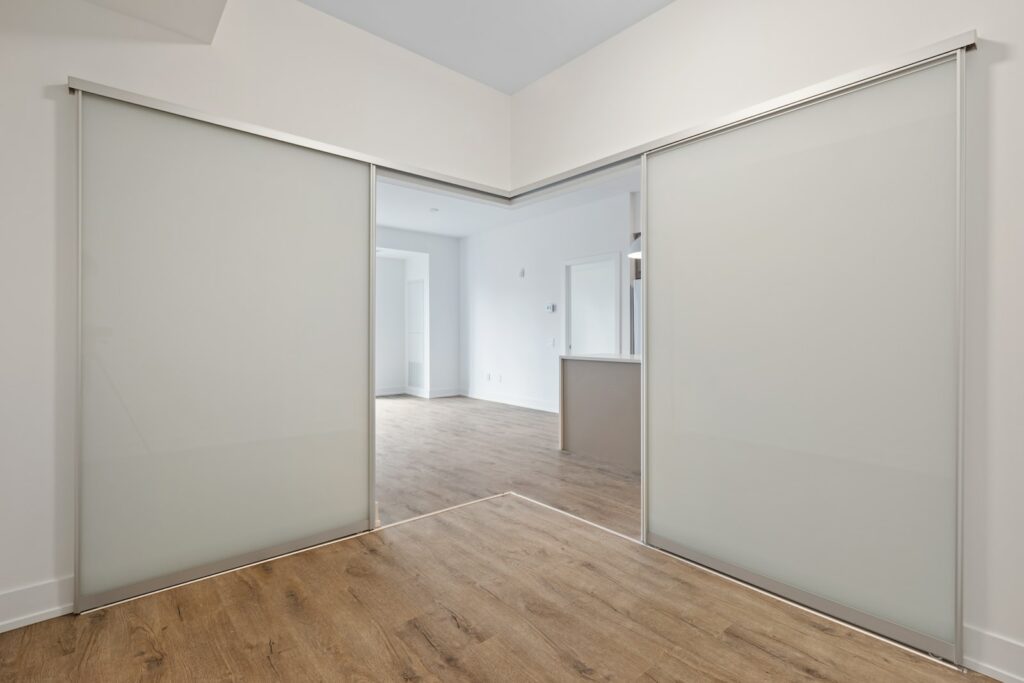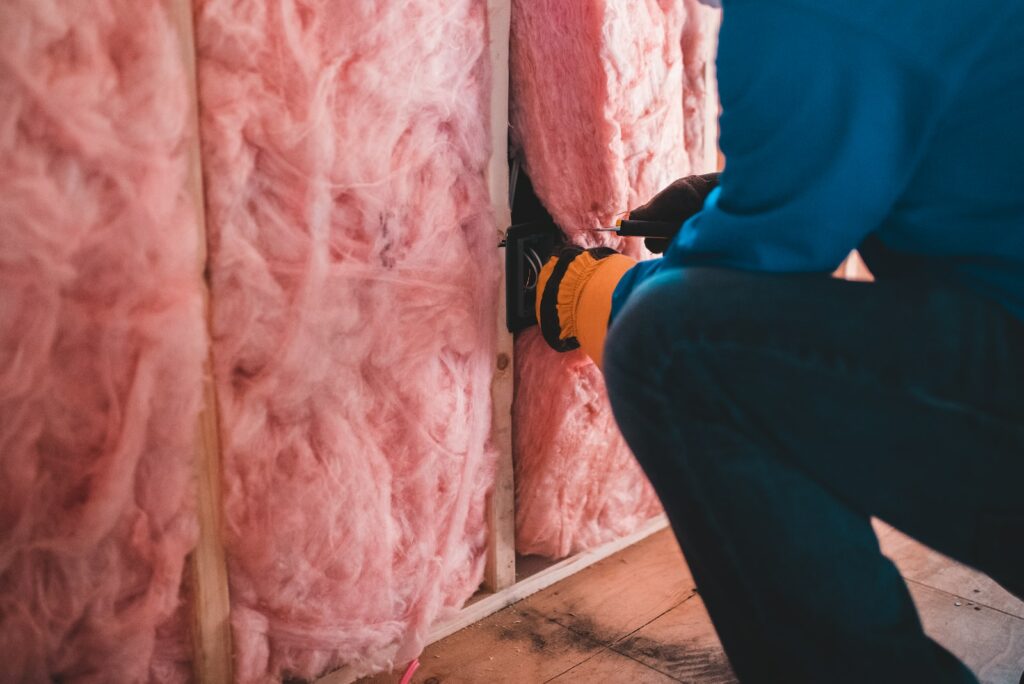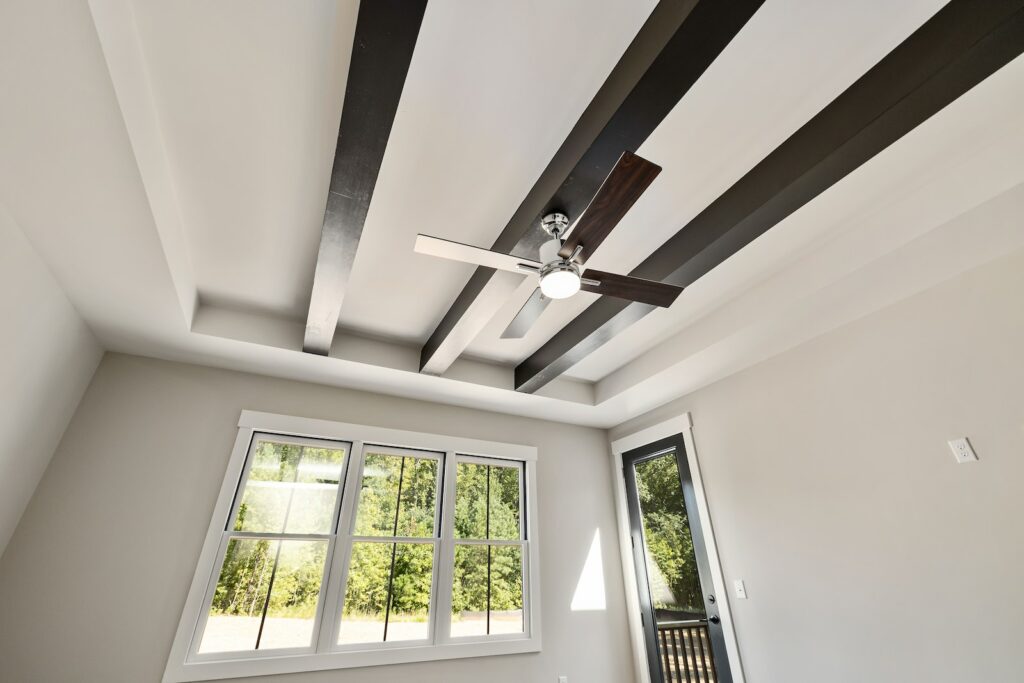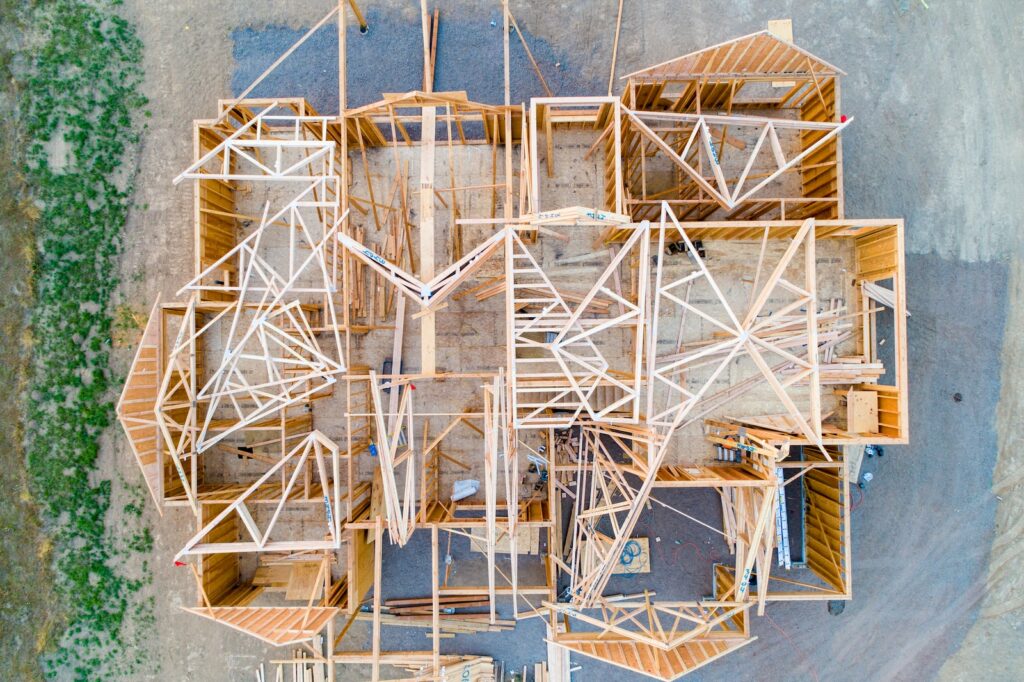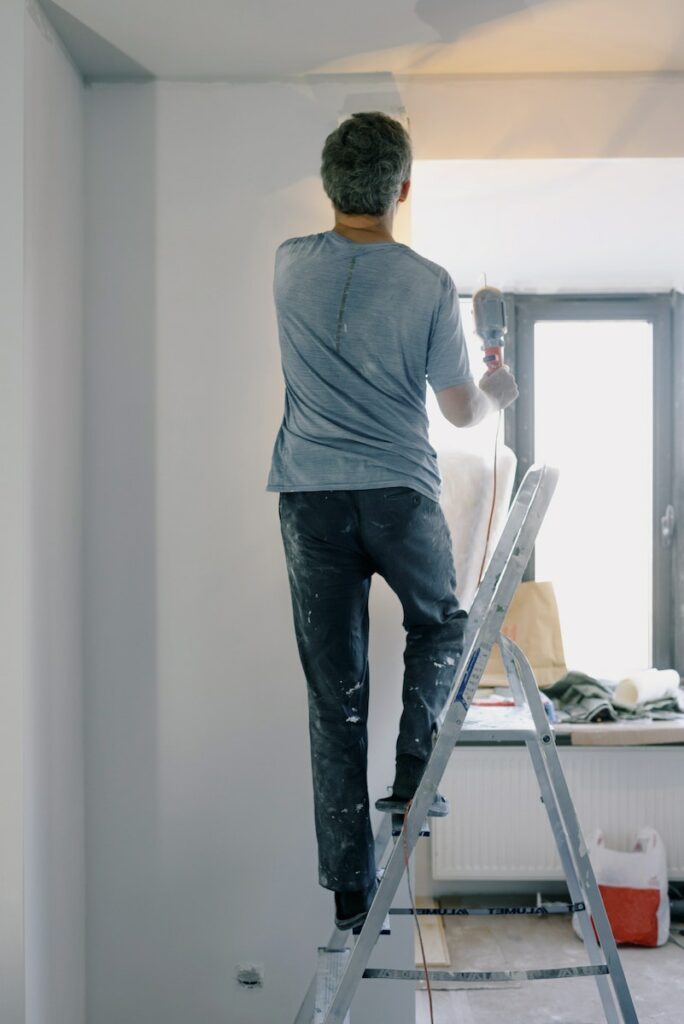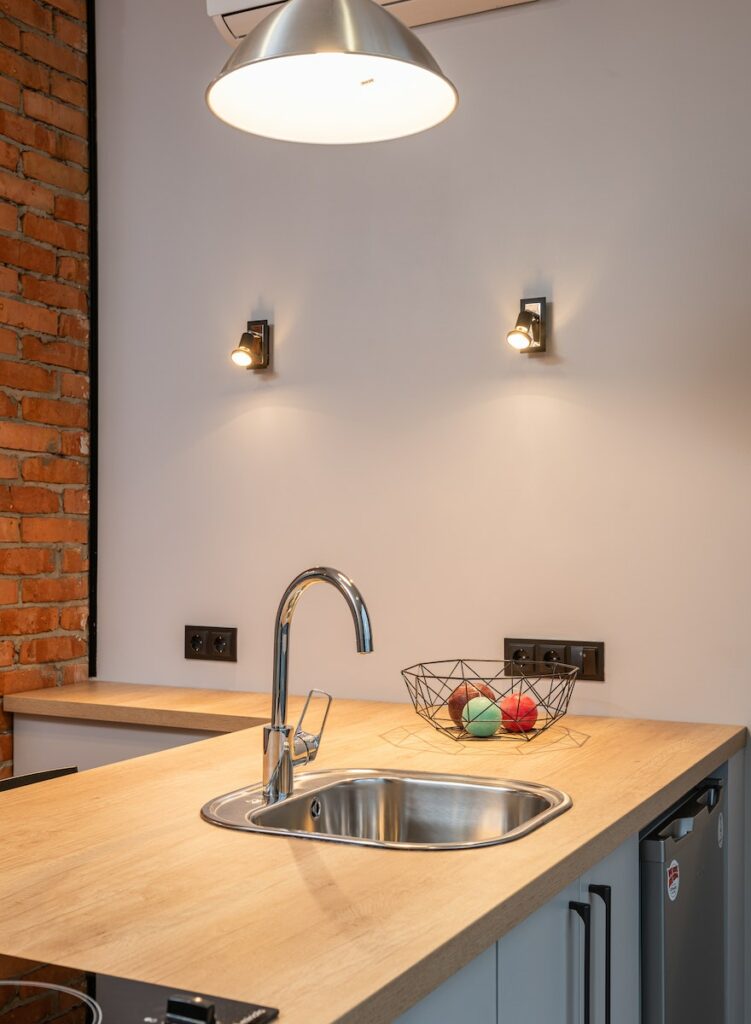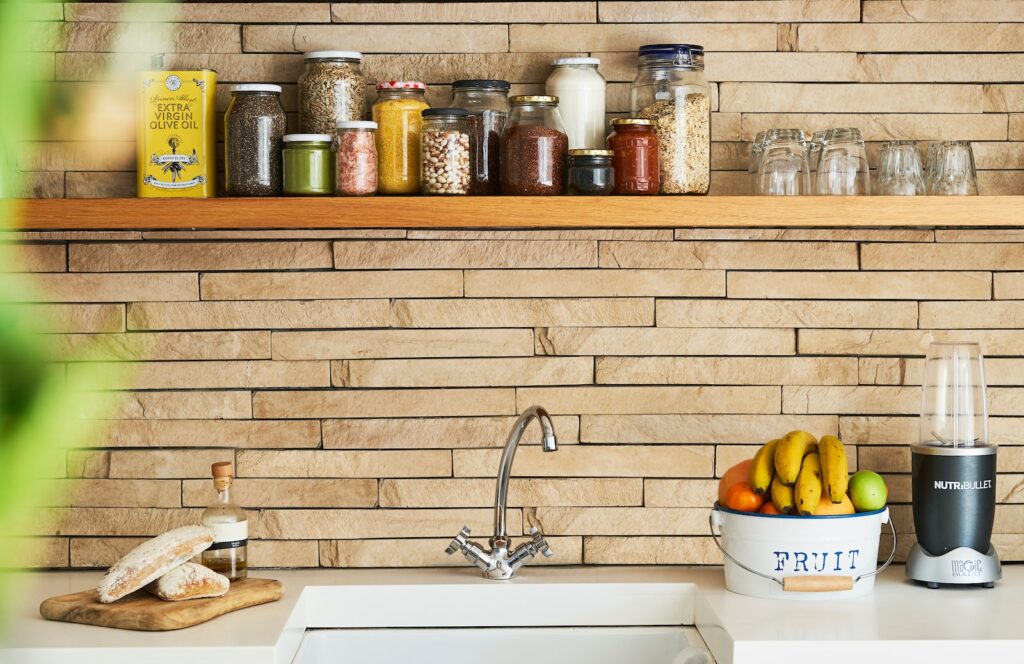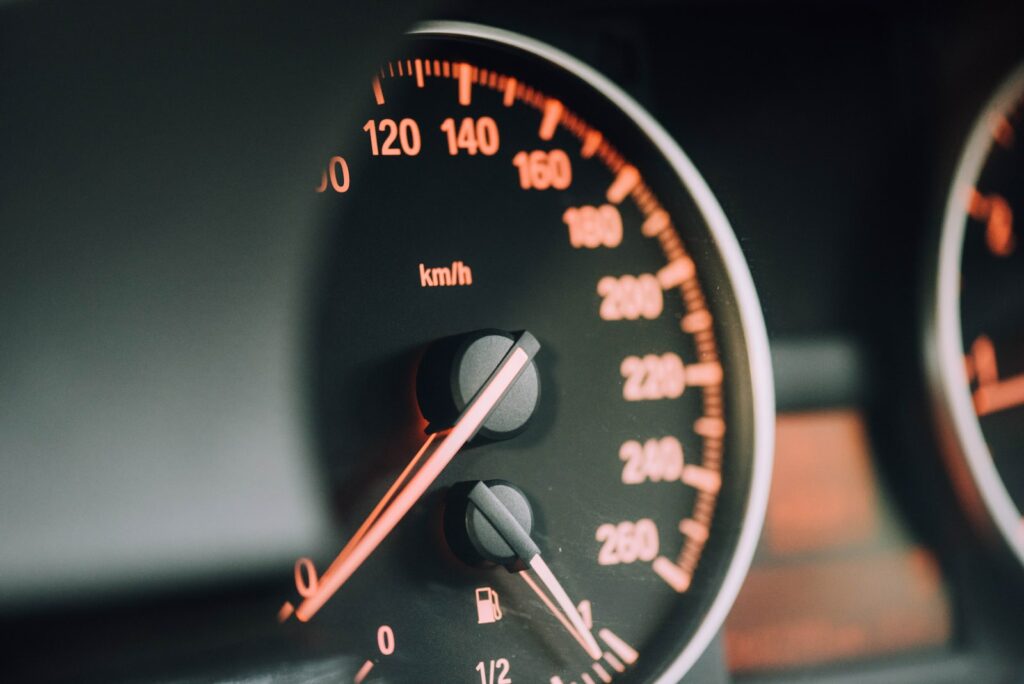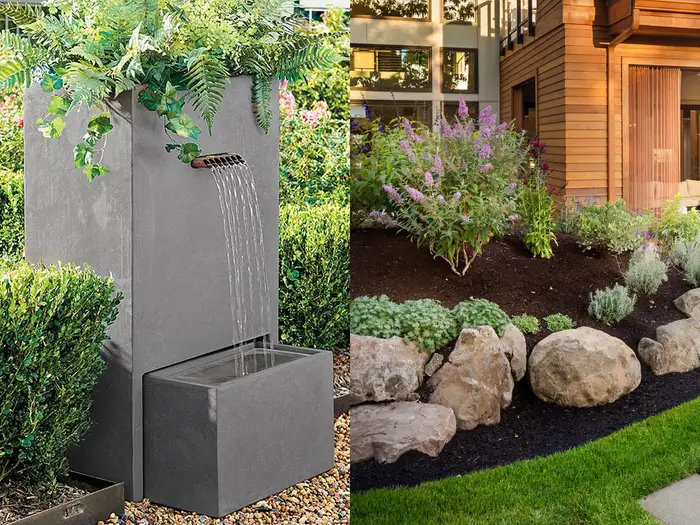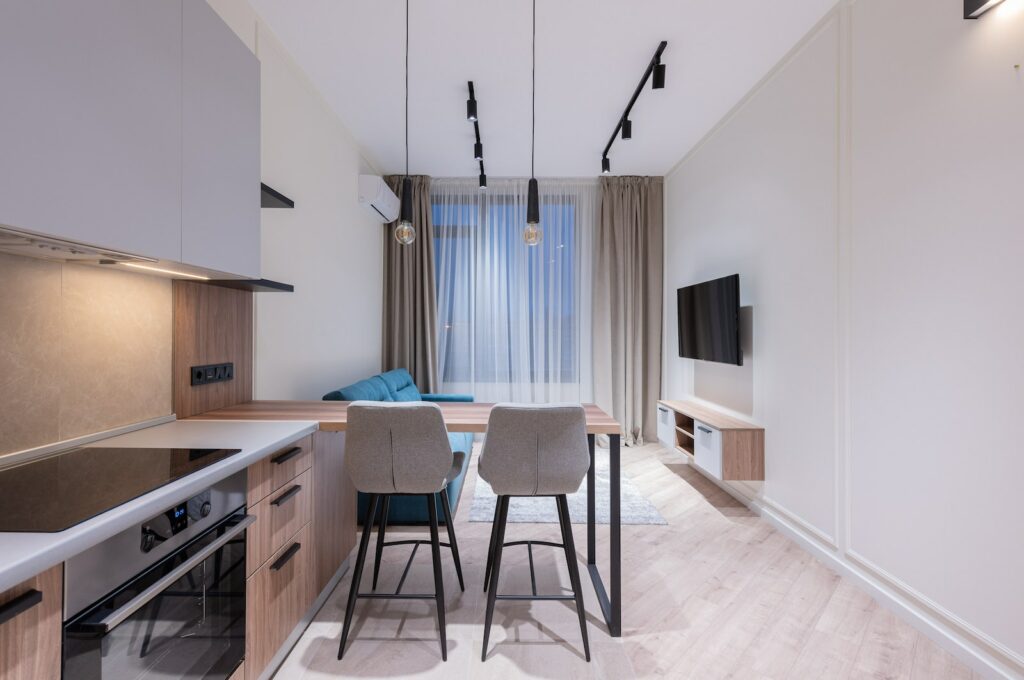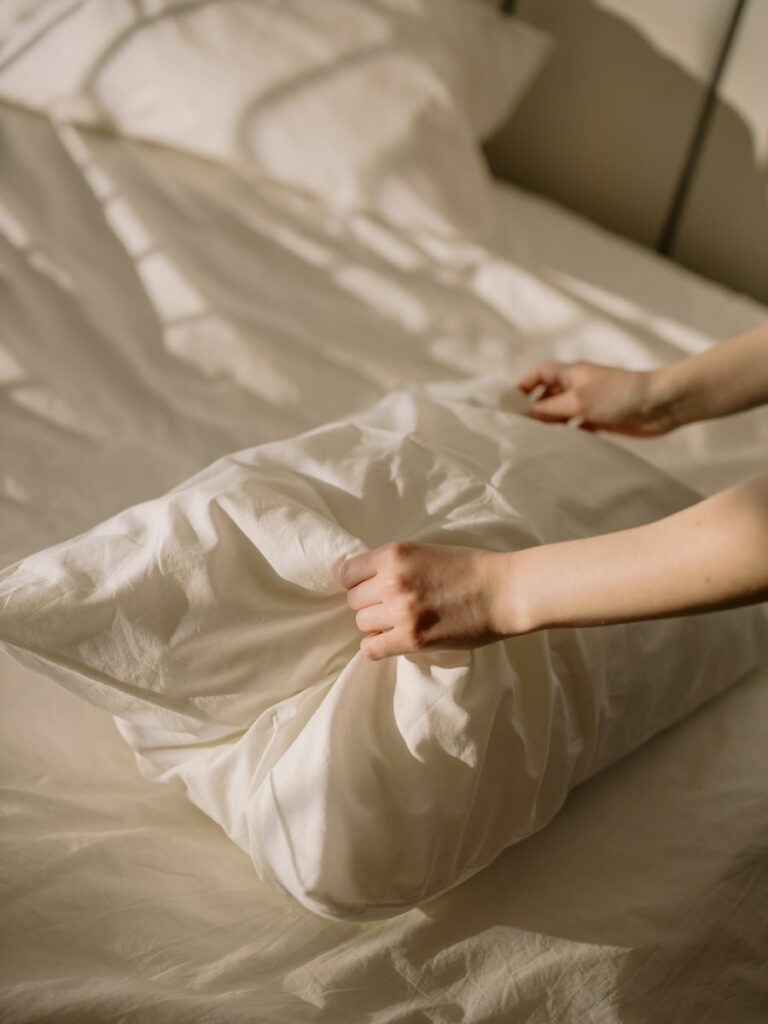The Basics of Home Water Conservation: What You Need to Know
Water is a precious resource that is essential to life. All living organisms need water to survive and it is a precious commodity that is not to be taken for granted. Unfortunately, water is also a resource that is increasingly under pressure due to human activities that are polluting this precious resource. Thus, it is important to conserve water in order to ensure its availability for future generations. One way to do this is to practice water conservation in the home. In this guide, we will discuss the basics of home water conservation and provide tips on how to conserve water in the home.
Why is Home Water Conservation Important?
It is especially essential for homeowners to practice water conservation in the home due to the fact that domestic water use accounts for a large percentage of water use in the United States. In fact, studies have found that approximately 40 percent of total water use in the US is from domestic sources. Additionally, wasting water can also cost households more money due to higher water bills.
Water conservation in the home is important for a variety of reasons, including environmental and financial. It can help conserve the water resources of both local and global water systems, as well as reduce the amount of money spent on water bills. Being mindful of water use in the home is also an important step in reducing the environmental impact of human activities that are polluting this precious resource.
Tips for Practicing Home Water Conservation
There are a variety of steps that households can take in order to conserve the water in their homes. These include:
Adjusting Faucets and Showerheads
Adjusting faucets and showerheads to reduce the flow rate can help to conserve water in the home. Adjusting the flow rate on standard faucets and showerheads can help to reduce the amount of water used in a given period of time. There are also a variety of low-flow showerheads and faucets available on the market that can help to further reduce the amount of water used.
Fixing Leaks
Fixing any leaks in pipes, faucets, toilets, and other water-based systems can help to reduce water waste and save money. Leaks can be identified by monitoring utility bills for a sudden surge in usage and performing regular home maintenance.
Installing Water-Saving Devices
Installing water-saving devices, such as low-flow toilets, showerheads, and faucets, can help to reduce the amount of water used in the home. Additionally, investing in a water-saving showerhead or a shower timer can help to regulate the amount of time spent in the shower and reduce water waste.
Rainwater Harvesting
Rainwater harvesting and storing is another way to conserve water in the home. Harvesting and storing rainwater can help to reduce reliance on municipal water systems and conserve water resources. However, it is important to note that harvested rainwater is not suitable for drinking due to bacterial contamination, so it should not be used for that purpose.
Water-Efficient Landscaping
Water-efficient landscaping can also help to conserve water in the home. Planting drought-tolerant plants, using mulch, and installing a drip irrigation system can help to reduce the amount of water needed to maintain a healthy garden. Additionally, using a rain barrel to collect and store rainwater can help to reduce reliance on municipal water systems and save money in the long run.
Time and Cost Required for Home Water Conservation
The time and cost involved in practicing home water conservation will vary depending on the individual household and the specific measures that are taken. For example, a household may opt to upgrade to low-flow toilets, showerheads, and faucets, which can involve significant costs. Additionally, there are also costs associated with installing water-saving devices, harvesting and storing rainwater, and engaging in water-efficient landscaping.
In terms of time, adjusting faucets and showerheads, fixing leaks, and installing water-saving devices can take a relatively short amount of time compared to larger projects such as harvesting and storing rainwater or engaging in water-efficient landscaping. However, this depends on the individual situation and the measures taken.
Conclusion
Practicing home water conservation is an important step in conserving this precious resource. Taking simple steps such as adjusting faucets and showerheads, fixing leaks, installing water-saving devices, harvesting and storing rainwater, and engaging in water-efficient landscaping can help to reduce water waste and conserve water resources. The time and cost associated with these measures will vary depending on the individual household, but the potential savings in both water and money make home water conservation an important measure for all households.

